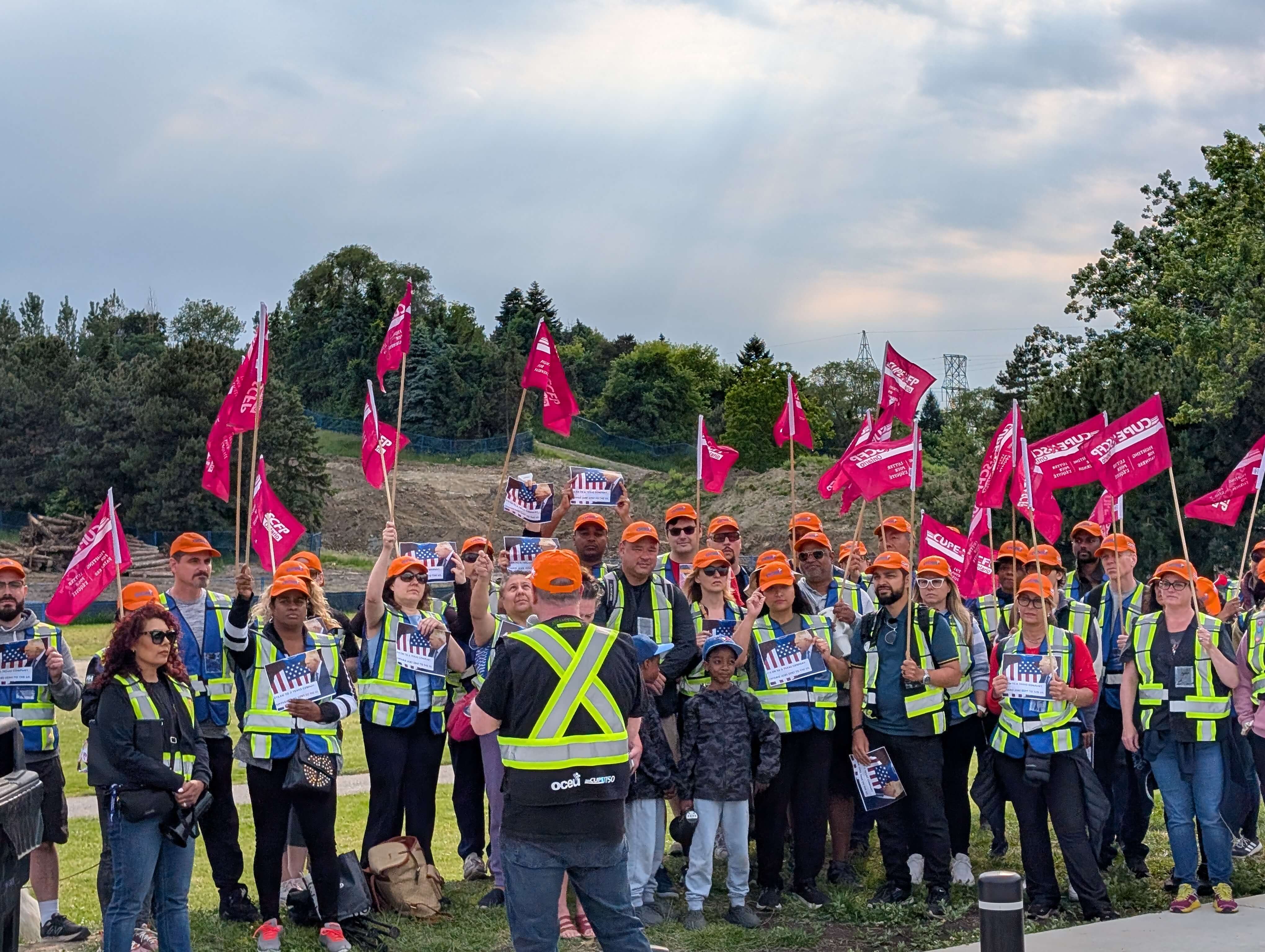Keeping more than 30,000 students and 5,000 faculty and staff in a safety mindset is only the tip of the occupational health and safety iceberg for the University of Calgary. The mix includes indoor and outdoor work locations with more than 75 buildings housing classrooms, workshops, laboratories and the Olympic Oval speedskating and sports facility. Drilling down farther unearths the unique challenges for co-ordinating safety practices for thousands of different projects from animal research, drone development, controlled goods and radioisotopes to biohazards and nanoparticles.
“To reach this broad community effectively with health and safety messages, we use a variety of communications tactics that include social media such as Twitter and Facebook,” says Rae Ann Aldridge, associate vice-president, risk.
Online media also supplements face-to-face training for both general and work-specific requirements such as hazard assessments. To track the training, the university is building the requirements into an enterprise management system. It has also implemented a web-based system for the 850 laboratories and 75 workshops. In addition to housing chemical inventories, the system links to material safety data sheets, emergency contact information, an online incident reporting system, inspection checklists and tools.
Occupational health and safety partner Dorrie Wiwcharuk adds that creative new approaches help capture attention and engage audiences when communicating campus safety messages.
“For example, Rex, the university’s bright red dinosaur mascot, encouraged students, faculty and staff to download the new emergency app and explained how it works.”
The app contains tips for staying safe on campus and sends push notifications about critical incidents.
Another initiative launched this year to great accolades was Safety and Wellness Week, which spanned the entire risk portfolio and celebrated “Safety Shining Stars” who had made significant contributions. High-profile guest speakers included a Virginia Tech shooting survivor and a former Crown prosecutor who explained how an accident goes through the criminal prosecution process.
In 2014, the university was the first post-secondary institution in Alberta to be awarded a Certificate of Recognition by the Ministry of Jobs, Skills, Training and Labour. This was bestowed for implementing an occupational health and safety system that met the province’s standards and excelling in an external audit.
“The award culminated a 10-year journey of innovation and culture change, but the journey is not over,” says Aldridge. “We will continue to effect improvements to all aspects of the occupational health and safety system from our annual audit feedback and stay on top of evolving regulatory requirements.”
“To reach this broad community effectively with health and safety messages, we use a variety of communications tactics that include social media such as Twitter and Facebook,” says Rae Ann Aldridge, associate vice-president, risk.
Online media also supplements face-to-face training for both general and work-specific requirements such as hazard assessments. To track the training, the university is building the requirements into an enterprise management system. It has also implemented a web-based system for the 850 laboratories and 75 workshops. In addition to housing chemical inventories, the system links to material safety data sheets, emergency contact information, an online incident reporting system, inspection checklists and tools.
Occupational health and safety partner Dorrie Wiwcharuk adds that creative new approaches help capture attention and engage audiences when communicating campus safety messages.
“For example, Rex, the university’s bright red dinosaur mascot, encouraged students, faculty and staff to download the new emergency app and explained how it works.”
The app contains tips for staying safe on campus and sends push notifications about critical incidents.
Another initiative launched this year to great accolades was Safety and Wellness Week, which spanned the entire risk portfolio and celebrated “Safety Shining Stars” who had made significant contributions. High-profile guest speakers included a Virginia Tech shooting survivor and a former Crown prosecutor who explained how an accident goes through the criminal prosecution process.
In 2014, the university was the first post-secondary institution in Alberta to be awarded a Certificate of Recognition by the Ministry of Jobs, Skills, Training and Labour. This was bestowed for implementing an occupational health and safety system that met the province’s standards and excelling in an external audit.
“The award culminated a 10-year journey of innovation and culture change, but the journey is not over,” says Aldridge. “We will continue to effect improvements to all aspects of the occupational health and safety system from our annual audit feedback and stay on top of evolving regulatory requirements.”





